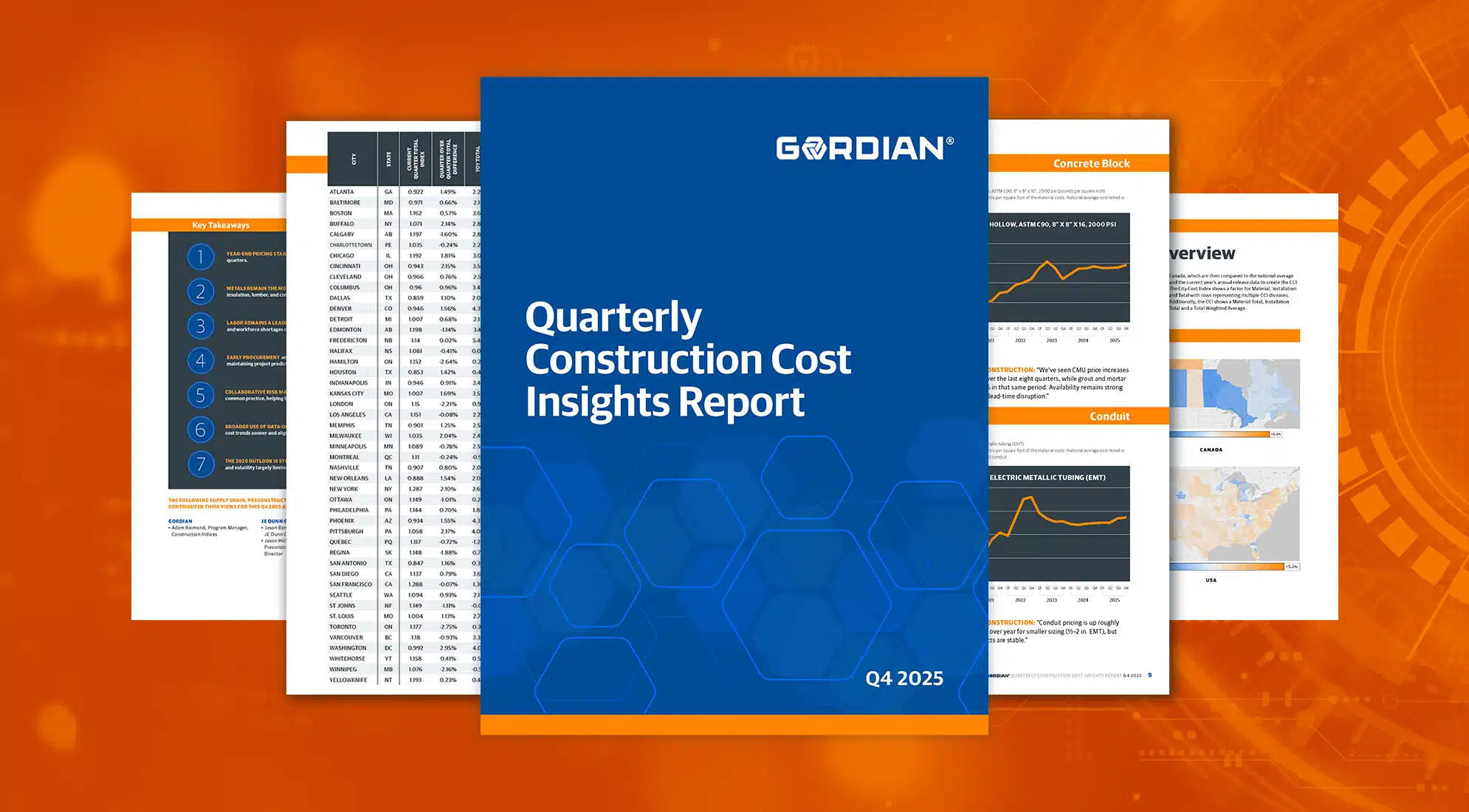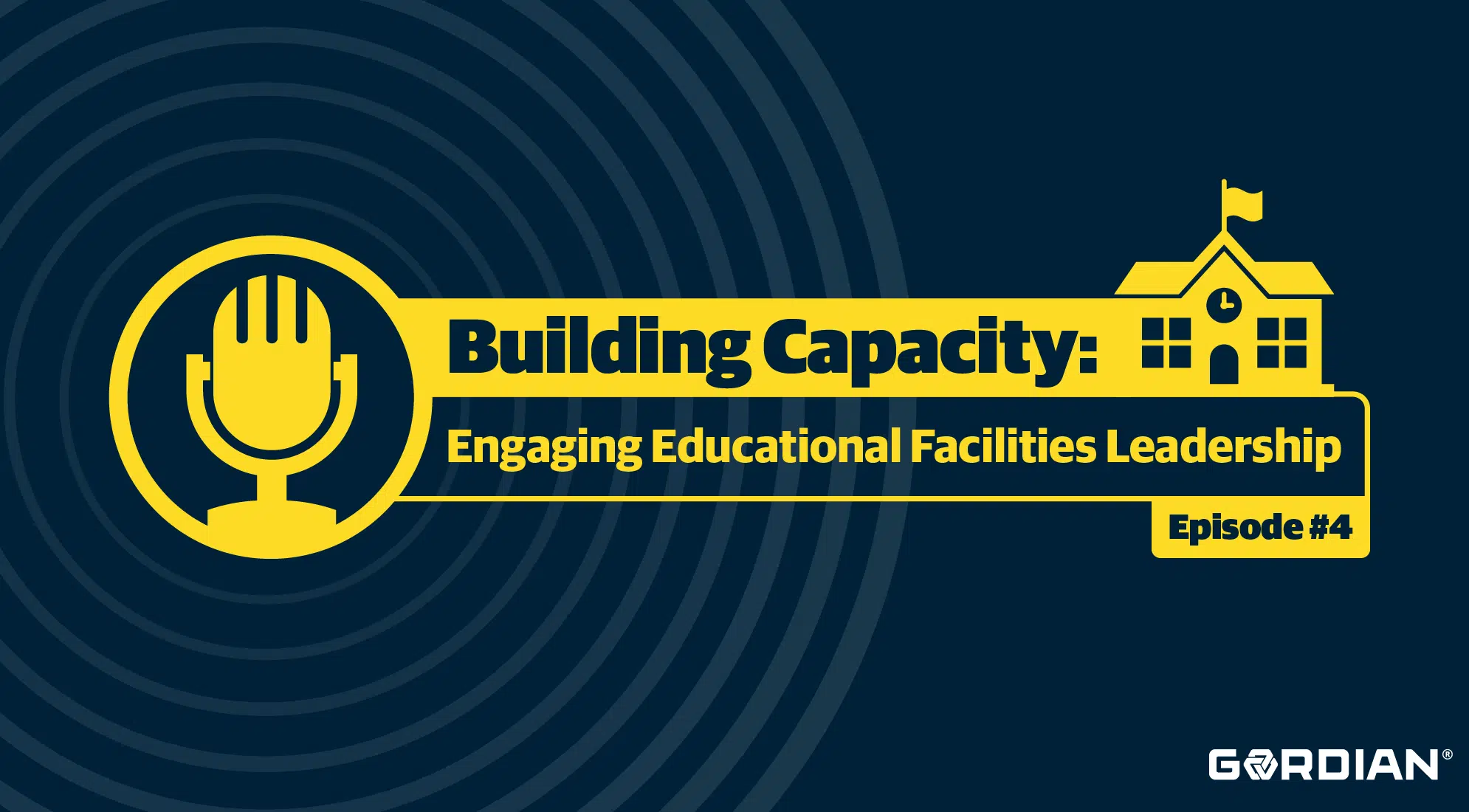For the last few decades, health facilities have been addressing the challenges associated with stewardship and the ballooning effects of capital renewal and deferred maintenance. In that same period, there has been unprecedented growth in the healthcare industry, including internal and external expansion of the delivery portfolio and new exciting changes for care delivery, treatment models and required facilities.
These intense revenue pressures to fund expansion and meet business goals have resulted in significant underfunding stewardship for several decades. Growing the trust capital to develop the story to leadership, defined by facilities data, insight and expertise, can alter the current path which is unsustainable.
Building long-lasting trust takes time, and it can be quickly lost with a single failure; therefore, creating a plan is crucial to maintaining success. There is a fundamental process to growing trust capital in facilities management that can be defined by seven simple steps. More like guidelines, they can be modified to meet an individual’s needs.
Step 1: Find an Executive Stakeholder to Sponsor the Cause
Establishing a routine meeting cadence is crucial to assuring the sponsor can champion the process and help build the coalitions necessary to achieve the goals. Never lose contact with the sponsor and keep them informed of progress. Start by reducing costs without additional investment, assuring the sponsor understands the facility professional has knowledge of the bigger financial challenge. Start small, focusing on obtainable goals to build credibility and momentum. Use SMART goals to achieve optimal outcomes.
Step 2: Leverage Existing Data Sets Using a Simple Gap Analysis Process
Define what data is needed to support the goal, evaluate available data and create a gap plan to access the additional data required to close the gap. A great place to reduce costs can be found within the computerized maintenance management system (CMMS). Decades of procedures, both preventive and predictive, added to the system are an excellent opportunity to implement an engineering best practice solution to reduce frequency and service intervals to observed levels of risk, resulting in significant savings.
Step 3: Define the Issue of the Many Disparate Data Systems in Play to the Sponsor
Focus on the data from the planning, design and construction (PDC) activities along with the in-house operations and maintenance team (O&M). List the common software used and the many disparate products in use by all. Assure the sponsor understands the challenge and recognizes the value of a centralized source of truth.
Step 4: Establish Clear Data Governance Policies to Maintain Data Integrity and Reliability
Evaluate the various disparate facility data streams and determine what systems are monitored locally or remotely. Then establish oversight and accountabilities to ensure there is a consistent focus on key performance indicators that need to flow through the various systems to achieve success.
While building a single source of truth, it is imperative to prioritize systems and fully understand their impact on the institution’s mission. The evaluation should identify systems that are critical to operation such as elevators, life safety, etc., highlighting systems that impact business continuity.
Consolidate technologies where possible and implement compliance and accountability strategies by linking O&M systems to regulatory compliance and defining key performance indices needed from the many construction projects to keep the CMMS current and relevant.
Step 5: Prioritize Projects and Align Them With the Institution’s Mission
Understanding which capital renewal projects will also resolve deferred maintenance projects will ensure a more accurate financial funding target. Be sure to showcase any enhanced patient outcomes that can be achieved or supported by the plan. Assure infrastructure projects are aligned with mission priorities and include them in the project budgets and projections.
Clearly quantify and define the risk of inaction, a different ROI metric, by calculating the risk and its impact on patient care and business continuity. Focus on the facts and not instilling fear by presenting risks accurately, defining the reduced service or run to failure concerns. Describe the path forward if the risks are not addressed, avoiding exaggeration and personal interests.
Step 6: Be Strategic About Project Delivery
As a best practice for healthcare project delivery, use Integrated Project Delivery (IPD) for large capital projects. IPD is the most efficient model for large-scale projects, assuring collaboration from all stakeholders and a reduced project schedule. The collaborative savings of team design, planning and construction ensures ease of constructability, reduced project schedule and fewer change orders.
Utilize Job Order Contracting (JOC) for capital stewardship project delivery for both renewal and deferred maintenance to gain the same benefits provided from IPD on large capital projects without the additional overhead that comes with larger construction companies. The process ensures a much faster timeline to first productive use of the space, improved transparency for all stakeholders and excellent cost control from the pre-priced task catalog used by the participating contractors. Data transparency allows in-house project managers a better view of daily progress, freeing up time to take on other activities.
Step 7: Showcase Successful Project Outcomes to Make the Case for Program Expansion to Tackle More Challenging Work
Highlight the cumulative impact of improved stewardship project outcomes and increased project throughput from resource reallocation over time. Re-emphasize the value of JOC as the tool that optimized the capital project budget, while utilizing a broad base of qualified healthcare contractors, some of which were highly underutilized businesses. Repeat the process and assure the executive sponsor is recognized for their support and leadership. Encourage the team by recognizing their individual and team contributions to the program’s success.
Strategy can be easily crafted on paper, but the challenge is developing the plan for implementation. Data sufficiency is the platform to launch from, which requires some interim and long-term strategies. Identifying key performance indicators that flow from the PDC process to the O&M process is a great first place to start. It is a best practice to establish a standard BIM model for the institution and issue it for use on all projects. Another best practice is obtaining a facility condition assessment (FCA) to level-set the program for optimal investment. Reducing data streams to a single platform is the best practice for optimal outcomes.






